What are Bitcoin network fees?
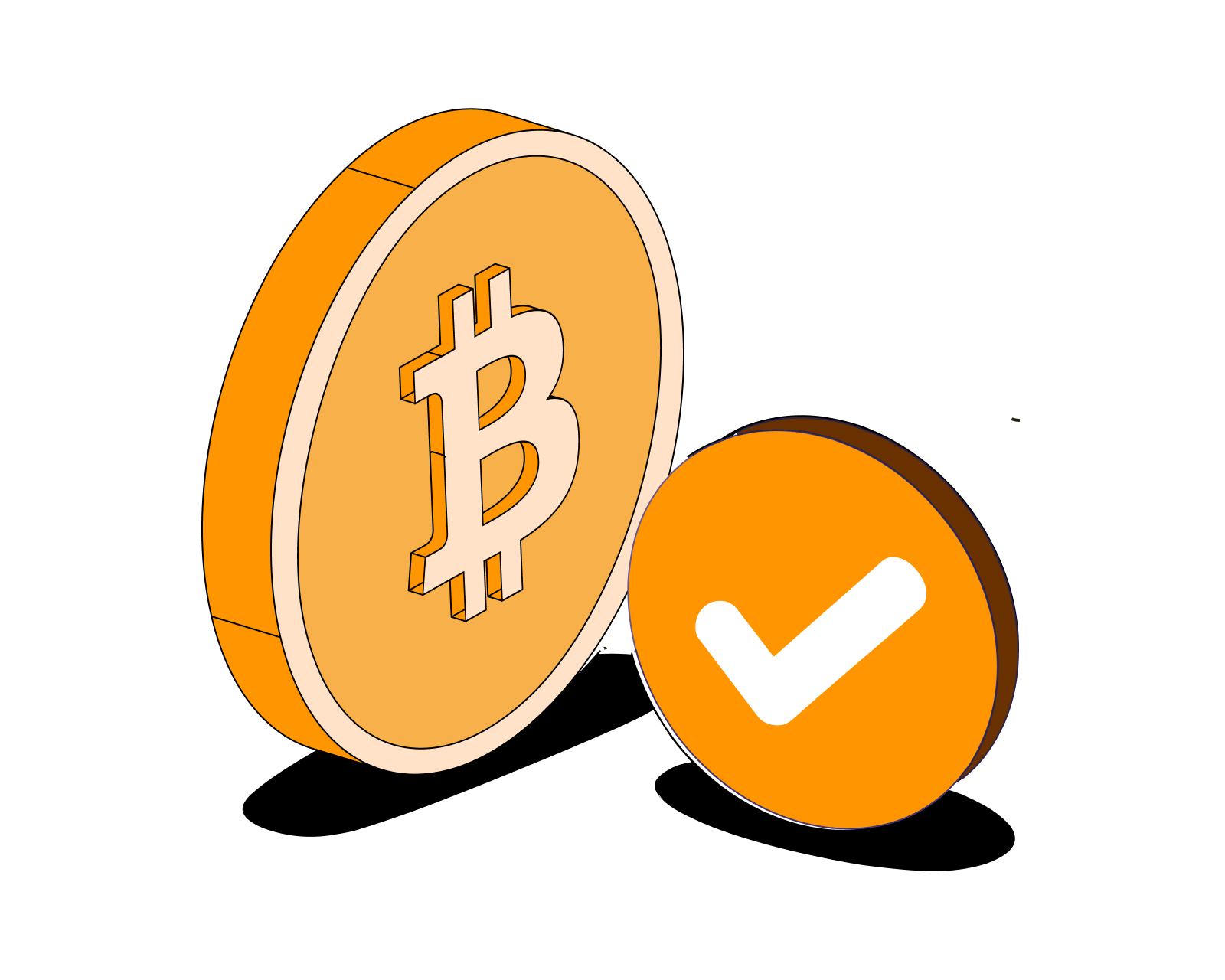
Table of Contents
What is the Bitcoin network fee?
Network fees were initially used as a way to deter people from flooding the network with transactions. While that original use still exists, it is mostly a way to incentivize miners or validators to add transactions to the next block.
Many Bitcoin wallet apps (including the Bitcoin.com Wallet app) allow you to customize the Bitcoin network fees you pay when you send bitcoin.
Bitcoin transactions incur a small fee which is paid to the miners that confirm them. Transactions with higher fees attached to them are picked up sooner by miners (who optimize for profitability), so higher-fee transactions are more likely to be included in the next batch, or 'block,' of transactions that's added to the Bitcoin blockchain. This means you can opt for faster transaction processing by paying a higher fee. Alternatively, if you're not in a rush to have your transaction confirmed, you can save money by opting for a lower fee. However, you need to be careful because if you set the fee too low, your transaction may take hours or get stuck for days. Don't worry though, you're never in danger of losing bitcoin by setting the fee too low. In the worst case, you'll have to wait with your bitcoin in limbo until the transaction is cancelled, at which point you'll again have access to it. Cancelled transactions will be reverted to the sender's wallet, meaning the balance will show up in your wallet again.
You can check the status of your BTC transactions by entering your transaction ID here: https://explorer.bitcoin.com. Please see this guide for how to find your transaction ID in the Bitcoin.com Wallet app.
How are Bitcoin fees determined?
Fees are measured in satoshis/byte. A satoshi is the smallest divisible unit of bitcoin, which is 0.00000001 BTC (a hundred millionth of a bitcoin). Each transaction is made up of data, which is measured in bytes. More complicated transactions involve more data and so are more expensive. Generally speaking, this means higher value transactions (involving more bitcoin) consume more data, and so require higher transaction fees. However, it's not exactly that simple. In fact, it's entirely possible for a 1 BTC transaction to involve more data (and therefore require higher fees) than a 10 BTC transaction. To understand why, we need to look in some detail at how the Bitcoin blockchain actually works.
The system runs on what's known as the Unspent Transaction Output (UTXO) model, which is an efficient and privacy-enhancing way to manage the Bitcoin ledger. It works like this:
At first, coins are minted through the mining process. These new coins form what's known as the 'coinbase.' Now imagine a miner, who has received the current 6.25 BTC block reward, sends 1 BTC to Alice. On the ledger, this actually appears as 6.25 BTC sent to Alice and 5.25 BTC sent back to the miner, leaving Alice with a balance of 1 BTC and the miner with a balance of 5.25 BTC (the miner has an unspent transaction output of 5.25 BTC). The system is analogous to paying for something using a cash note: if the cost of the item is $2.50, you don't cut a five-dollar note in half. Instead, you hand over the whole five-dollar note and receive $2.50 in change. In our example, the miner has sent over a 6.25 BTC 'note' and received 5.25 BTC in change. As it relates to fees, even though the amount of Bitcoin involved is significant, the fee for completing the transaction will be relatively small because the transaction is relatively simple. That's because there's only one output (1 BTC to Alice) and it comes from only one input or 'note' (the 6.25 BTC coinbase transaction). If we think of notes as taking up space on the Bitcoin ledger, we can see that this transaction takes up the least amount of space (bytes) possible.
How do I set the BTC network fee in my Bitcoin wallet?
This, again, depends on the wallet. In fact, many web wallets (especially centralized cryptocurrency exchanges) don't give you any control over the network fee whatsoever. Instead, they have a predetermined fee (which is almost always set higher than the actual fees they will pay). In other words, they profit when their customers withdraw/send bitcoin. This is a common revenue-generation strategy for cryptocurrency exchanges.
Most self-custodial wallets, however, allow you to customize the fee you attach to your Bitcoin transactions. The Bitcoin.com Wallet app, for example, has three convenient fee settings, as well as the option to set custom fees. The default speed (“Fast") is set to have your transaction confirmed most likely within the next three blocks (so less than 30 minutes). If you change it to “Fastest," you’ll pay a higher fee and likely have your transaction confirmed in the next two blocks (so less than 20 minutes). Changing it to “Eco" will save you some money, but still result in your transaction most likely getting confirmed within the next six blocks, so generally less than 60 minutes. For advanced users, you also have the option of setting a custom fee. You’ll want to use a tool like Bitcoinfees to ensure you’re choosing an appropriate fee given the current state of network congestion.
Related guides
Start from here →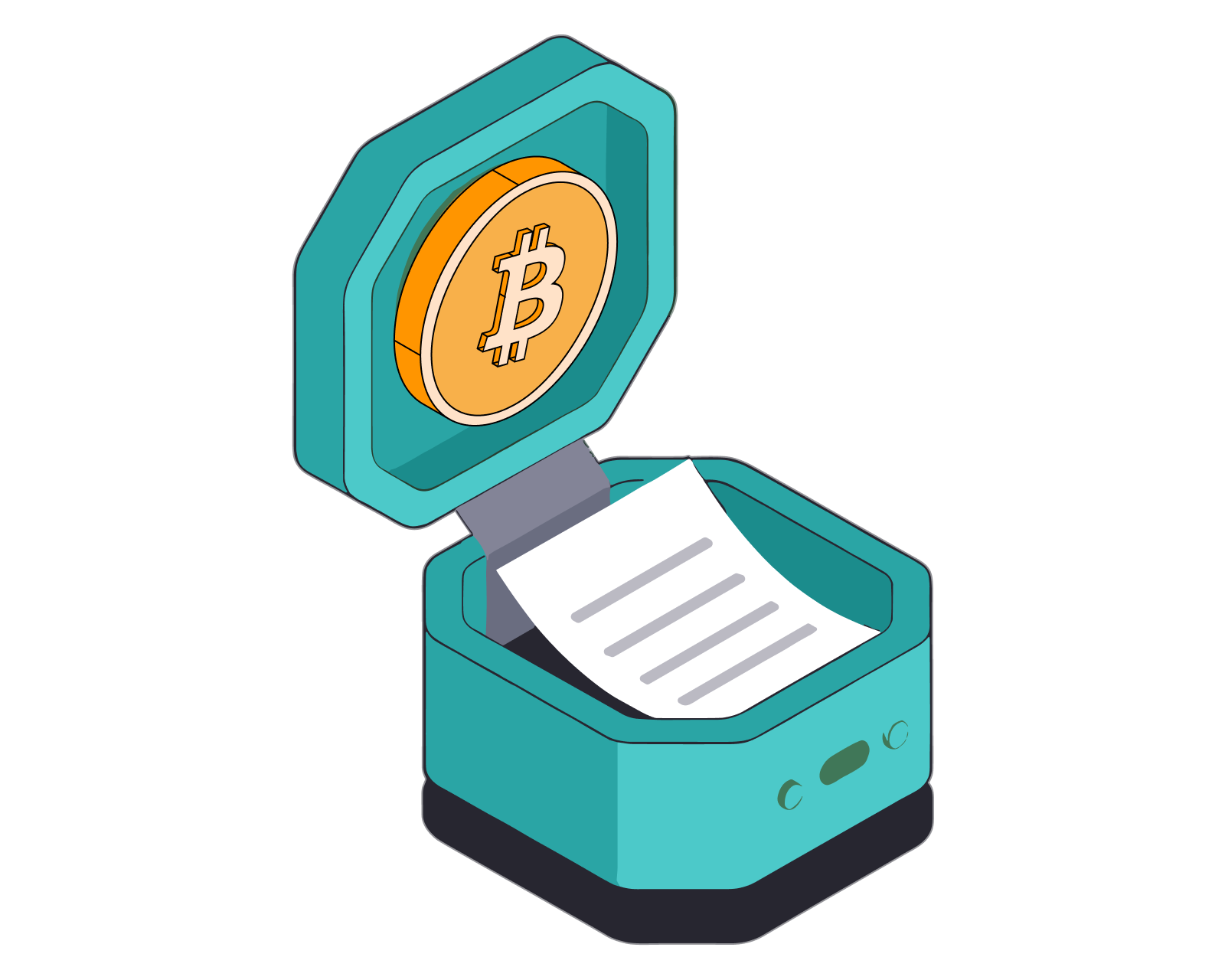
What is Bitcoin mining?
Learn why the process of minting new bitcoins, known as 'Bitcoin mining,' is in some ways similar to the process of extracting precious metals from the earth.
Read this article →
What is Bitcoin mining?
Learn why the process of minting new bitcoins, known as 'Bitcoin mining,' is in some ways similar to the process of extracting precious metals from the earth.
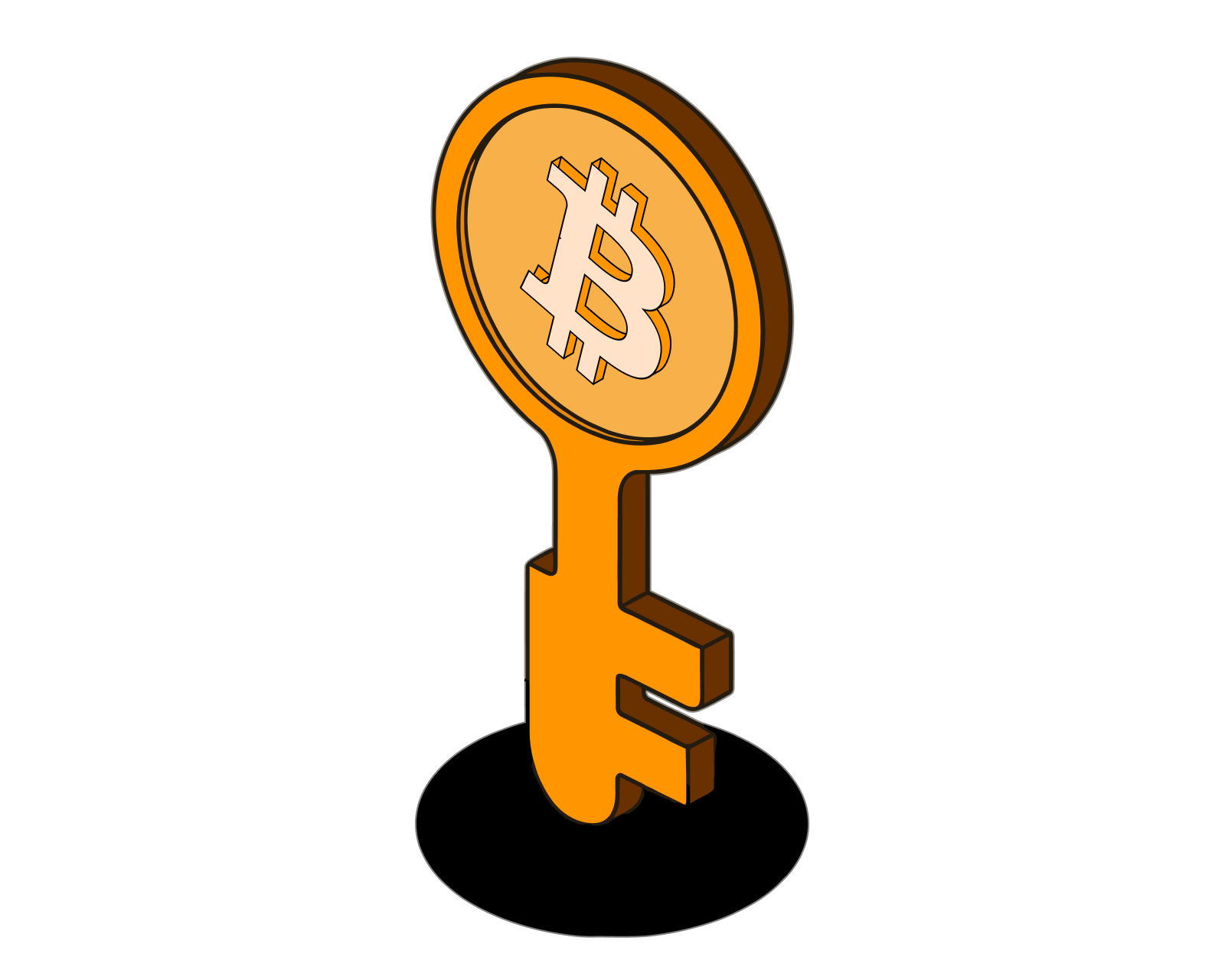
What is Lightning Network?
Learn how Bitcoin's key layer-2 scaling solution works and understand the challenges it faces.
Read this article →
What is Lightning Network?
Learn how Bitcoin's key layer-2 scaling solution works and understand the challenges it faces.
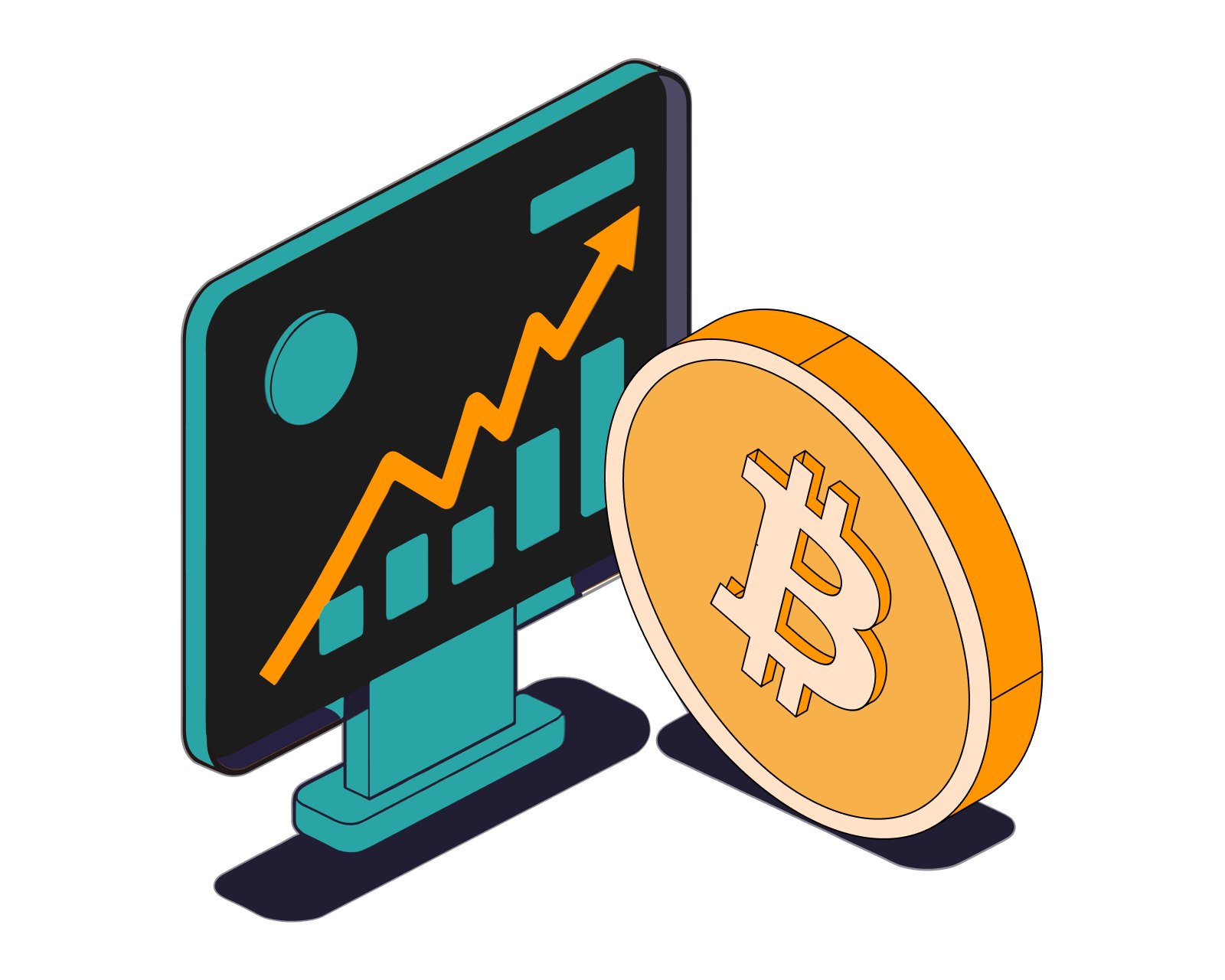
Is Bitcoin a store of value?
Learn how Bitcoin is similar or different to other stores of value, like fiat currency (US dollars) and precious metals (gold).
Read this article →
Is Bitcoin a store of value?
Learn how Bitcoin is similar or different to other stores of value, like fiat currency (US dollars) and precious metals (gold).

How does Bitcoin compare to other asset classes?
Find out how Bitcoin has performed as an asset class vs. others.
Read this article →
How does Bitcoin compare to other asset classes?
Find out how Bitcoin has performed as an asset class vs. others.
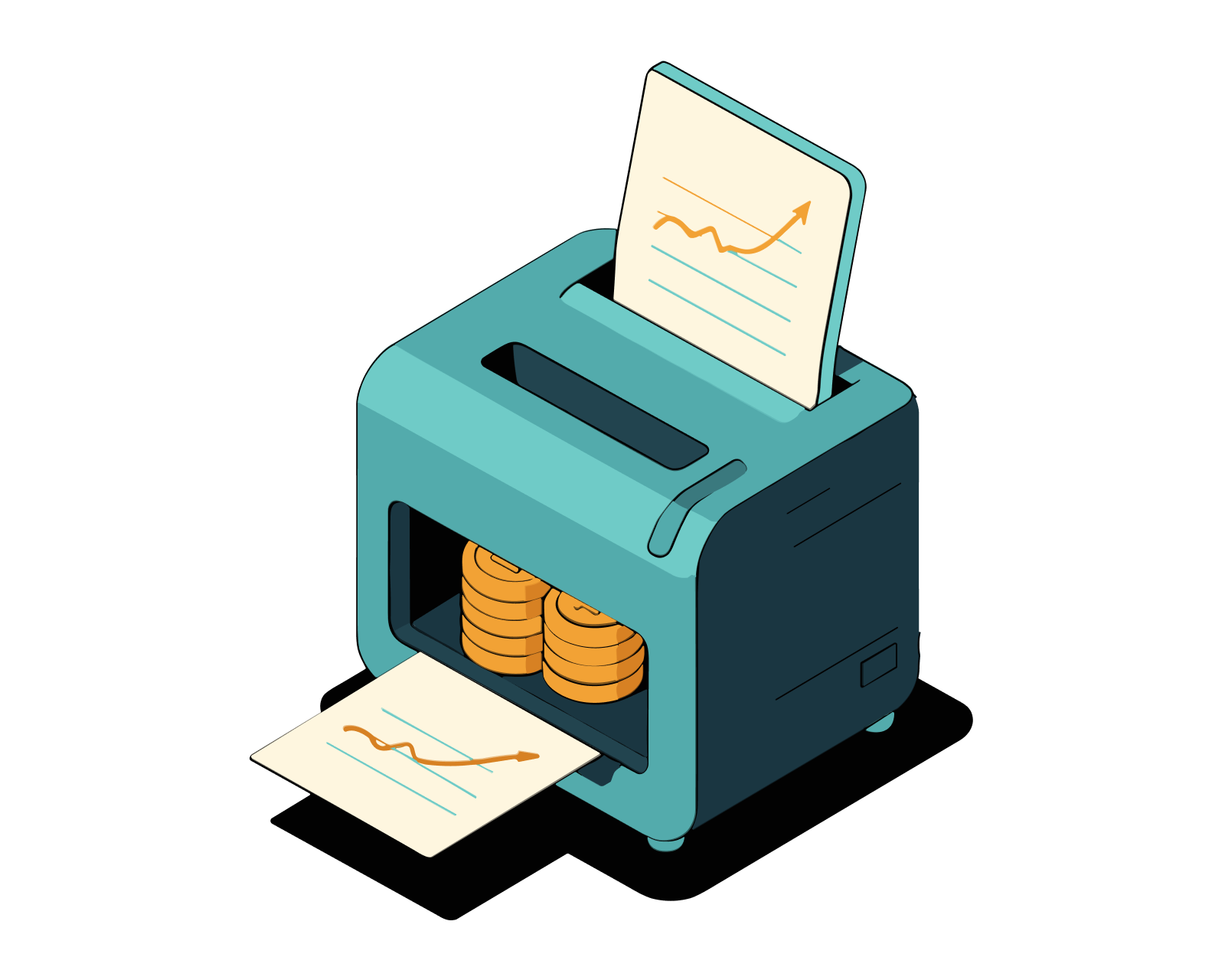

Is Bitcoin a hedge against inflation?
Learn if Bitcoin is a good inflation hedge.
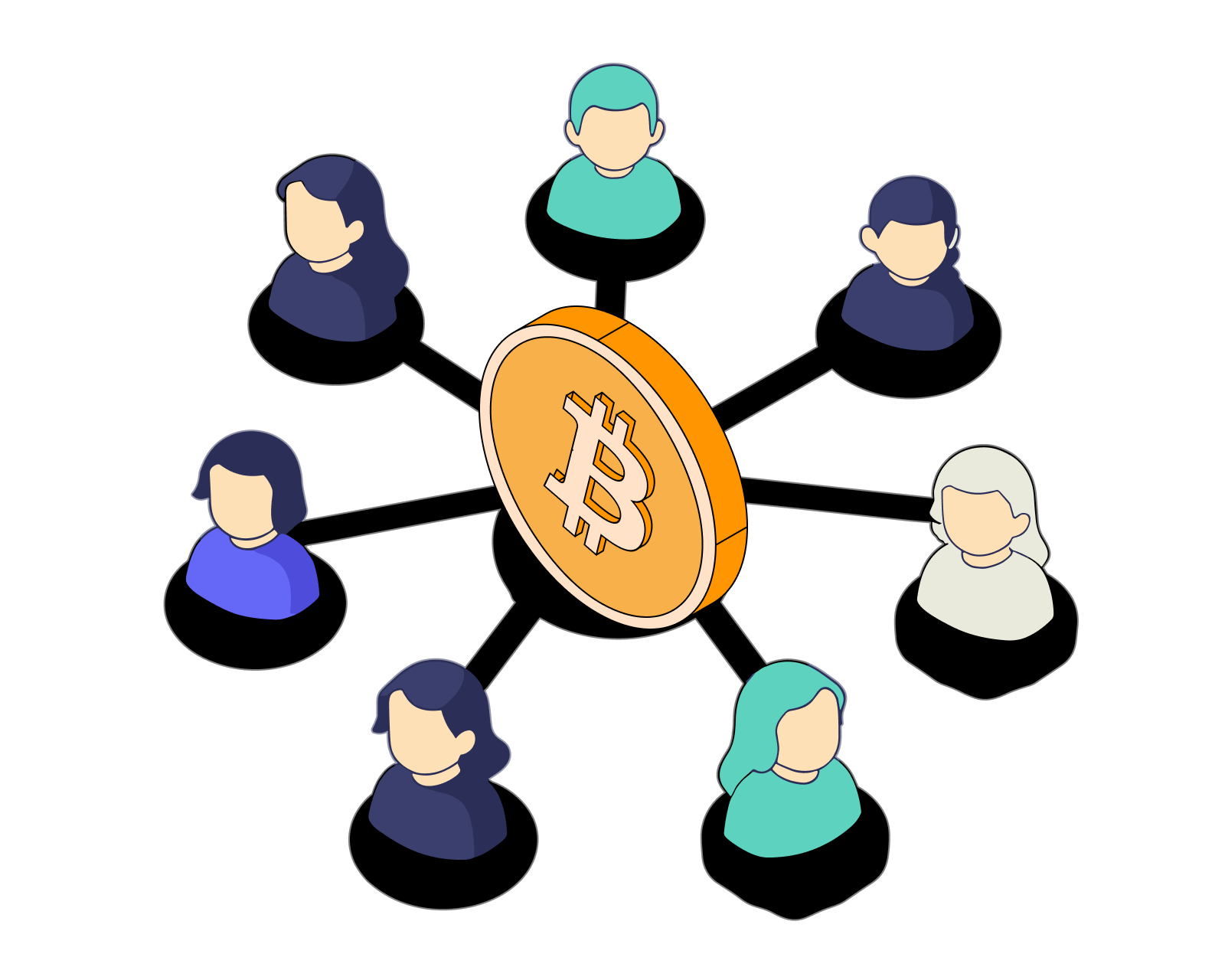
What is a shared Bitcoin wallet?
Learn about shared (multisig) Bitcoin wallets, their advantages and disadvantages, and how they work.
Read this article →
What is a shared Bitcoin wallet?
Learn about shared (multisig) Bitcoin wallets, their advantages and disadvantages, and how they work.
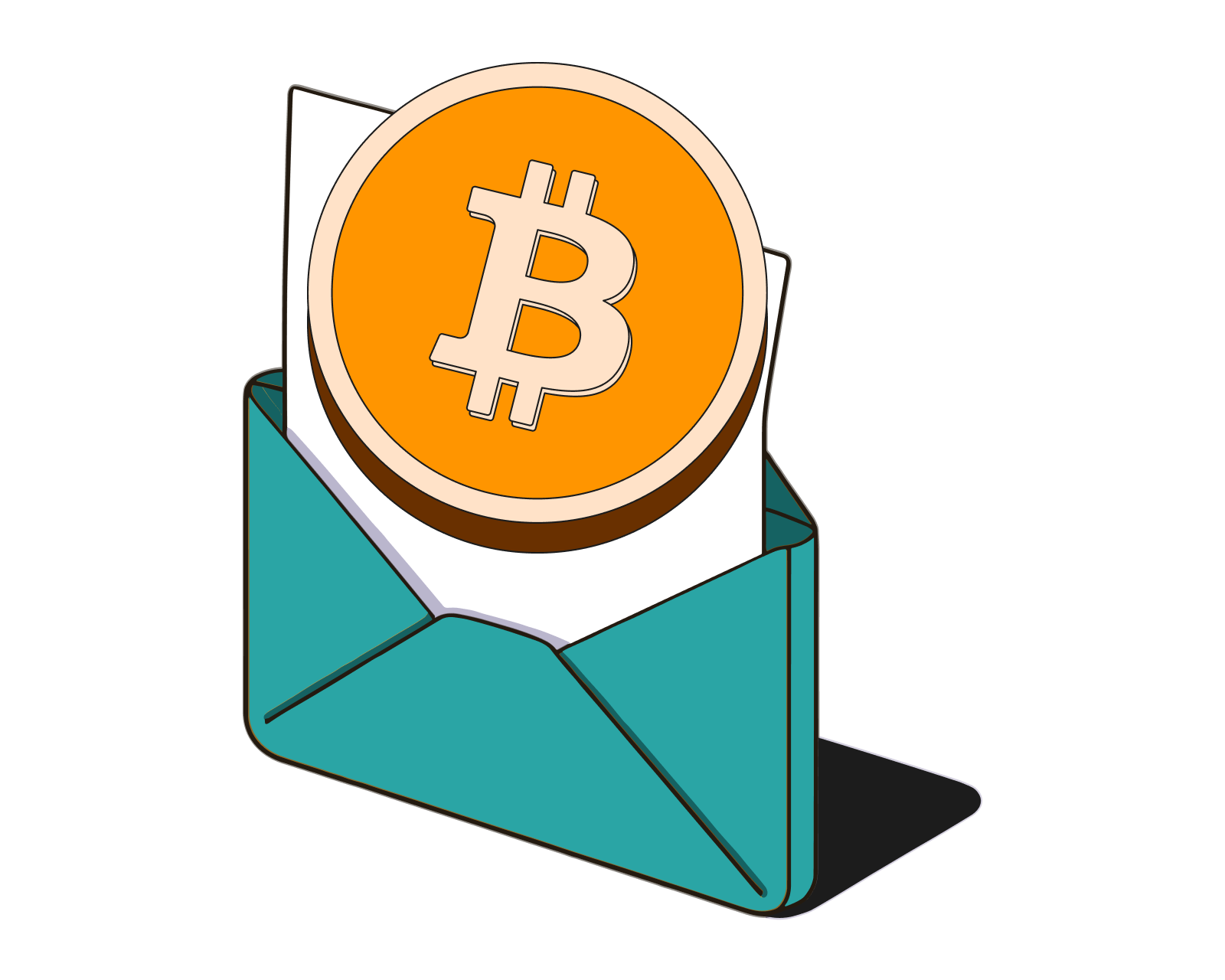
What is Bitcoin governance?
How does the network operate and decide on critical issues?
Read this article →
What is Bitcoin governance?
How does the network operate and decide on critical issues?
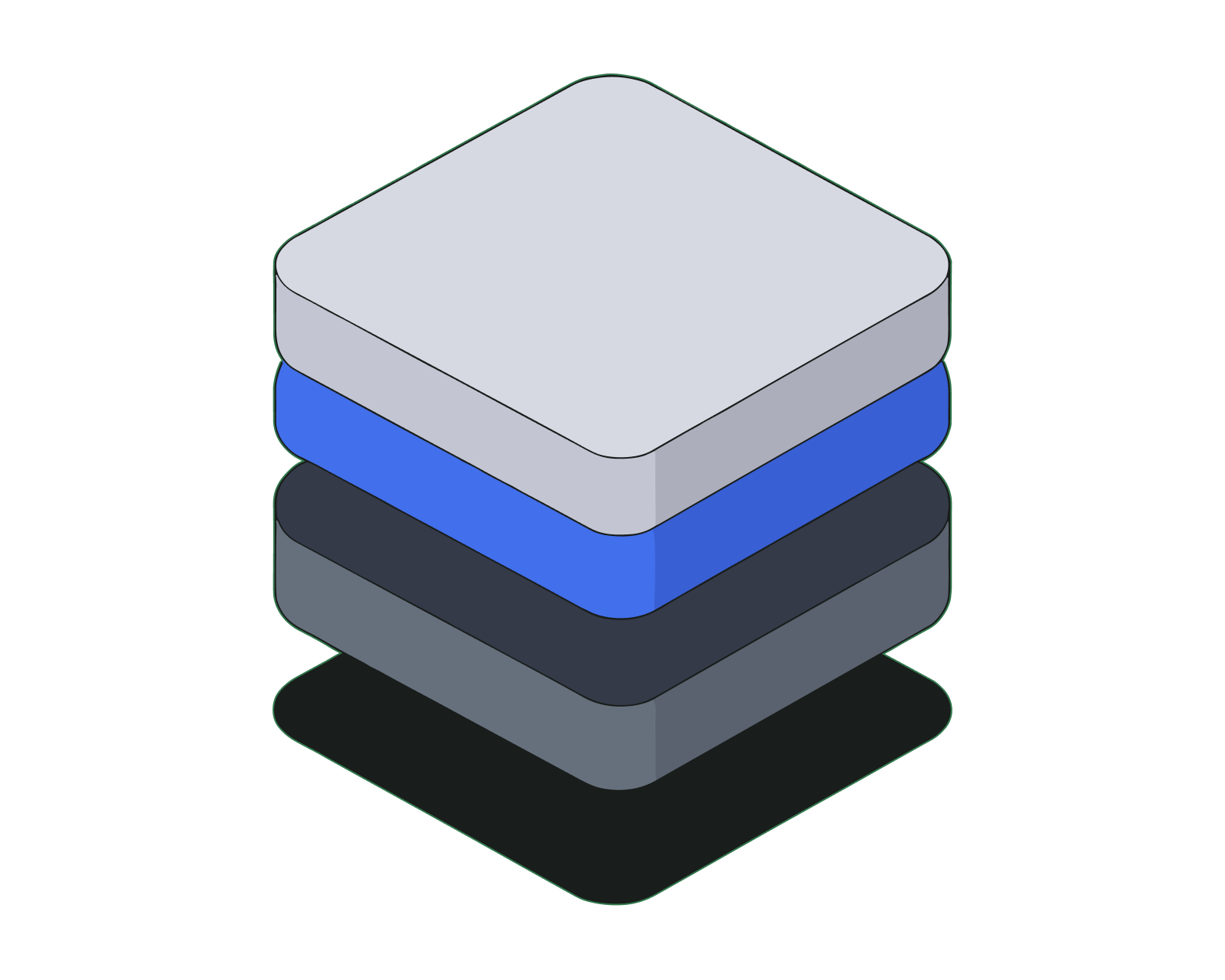
DeFi use cases
Decentralized Finance (DeFi) is bringing access to financial products to everyone. In this article we examine some prominent use cases.
Read this article →
DeFi use cases
Decentralized Finance (DeFi) is bringing access to financial products to everyone. In this article we examine some prominent use cases.

What is censorship resistance?
Censorship resistance is one of crypto's biggest strengths. Learn about its power.
Read this article →
What is censorship resistance?
Censorship resistance is one of crypto's biggest strengths. Learn about its power.
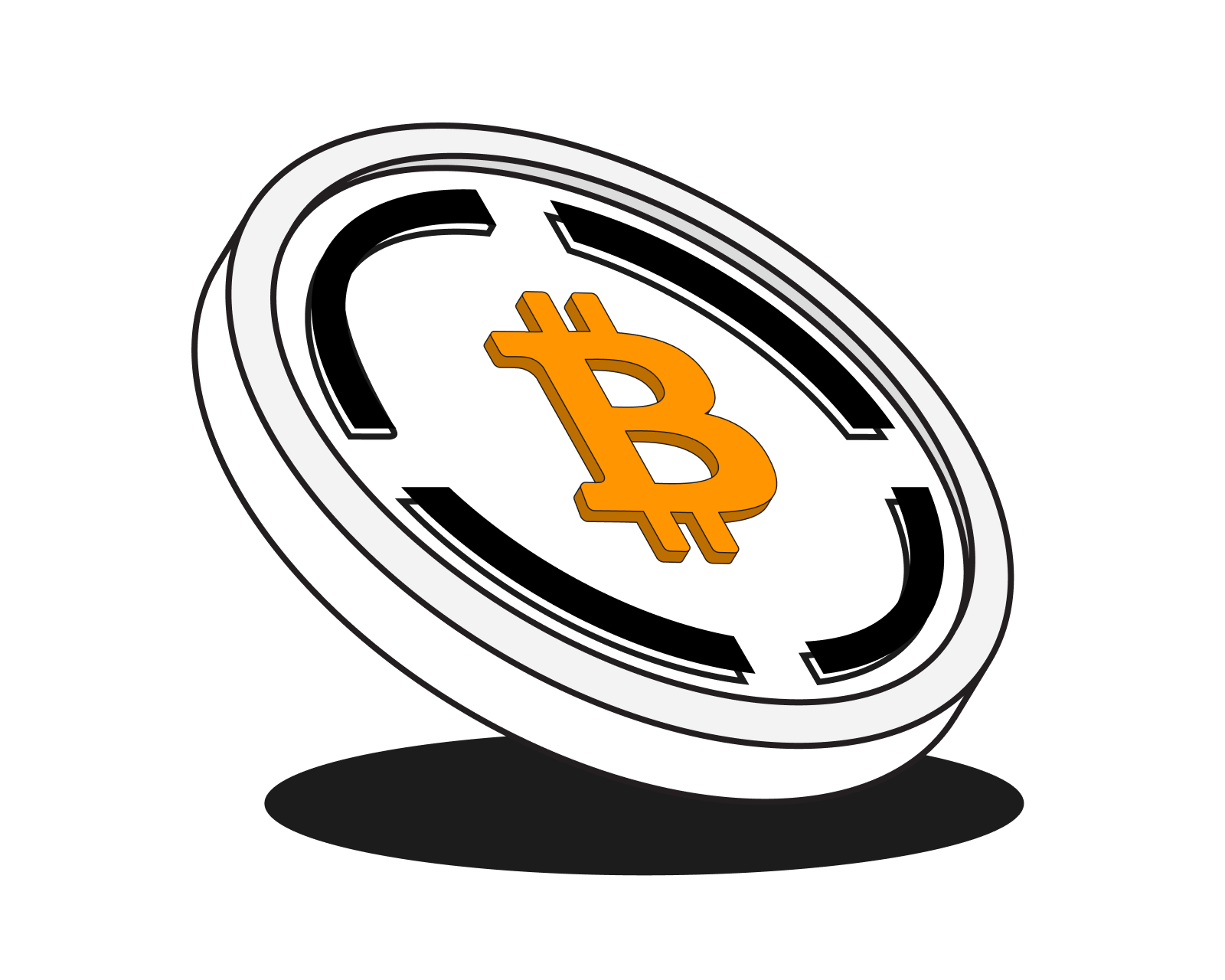
What is WBTC?
WBTC is an important part of the DeFi ecosystem. Learn what it is, and why it’s important.
Read this article →
What is WBTC?
WBTC is an important part of the DeFi ecosystem. Learn what it is, and why it’s important.
STAY AHEAD IN CRYPTO
Stay ahead in crypto with our weekly newsletter delivering the insights that matter most
Weekly crypto news, curated for you
Actionable insights and educational tips
Updates on products fueling economic freedom
No spam. Unsubscribe anytime.



Start investing safely with the Bitcoin.com Wallet
Over wallets created so far
Everything you need to buy, sell, trade, and invest your Bitcoin and cryptocurrency securely

© 2025 Saint Bitts LLC Bitcoin.com. All rights reserved


